🐞 Weekend garden harvest
Here's what's growing right now in the Chillos Valley in Quito, Ecuador.
The first time I ever visited my partner’s parents’ house, I became fully enchanted by their ever-abundant, wild garden. Now, everytime I visit, I take a stroll around.
‘Winter’ harvest at latitude 00°00'00”
On the equator and at around 2860m/9383ft above sea level, the Chillos Valley (Valle de los Chillos) has a very temperate climate year-round. With that in mind, there are slight variations in weather that cause rainy (‘winter’) and dry (‘summer’) seasons.
The great thing about this is that all year long you can harvest many different kinds of fruits and veggies. Keep reading to see what this weekend’s garden basket was filled with (and what’s not quite ready)!
Have you ever picked avocados off the tree?
I definitely hadn’t five years ago. In fact, my closest encounters with avocados were always at small fruterías (local produce shops) or grocery stores.
Learning to pick avocados isn’t necessarily rocket science, but you need to know what to look for, otherwise the literal fruits of your labor will never ripen properly.
What I’ve learned is that you should look for avocados with a matte peel (NOT SHINY!!) and check to see that they have a bit of an indent on the bottom. The avocados pictured here have a green peel, but in general those with black peels should also be matte before picking.
We also picked some tree tomatoes
Tomatoes from a tree? While classic tomatoes and tree tomatoes (tomate de árbol or tamarillo) are both from the nighshade family (Solanaceae), they have quite a few noticeable differences.
Tree tomatoes are aptly named, considering the plant that they grow on does look quite a bit like a small tree.
Their color can range from a pale orange to deep red, and the fruit is often used in sweet applications, from juice to jam to ice cream, but can also be used in savory sauces (ají).
The tiniest mandarins you’ve ever seen
No bigger than a quarter, these are the cutest little citrus. They’re as sour as a lime, but taste like mandarins. My favorite way to use them is in “mandarin-ade”, made by juicing them, adding a TON of sugar and topping the resulting syrup off with flat or sparkling water.
The final basket
In addition to the avocados, tree tomatoes and mini mandarins, there were several limes showing off their radiant peels that couldn’t be resisted. These limes in particular actually seem to be a cross between a lemon and a lime, and are ready to be picked when they develop a nice, bright yellow spot.
Some avocado leaves (for experimenting with soup seasoning), mandarin leaves (for teas) and lime leaves (for Thai green curry) were the final additions to the basket.
Here’s what’s not quite ready to pick
Ice cream beans (what??), custard apples, figs, blackberries, grapes and peaches…
A fluffy, white, almost cotton-candy-like fruit is revealed once the tough shell is peeled away from ‘ice cream beans’.
The sweet, white pulp from custard apples is a true delight when perfectly ripe. Some say it tastes like a mix of banana and pineapple, but I think it’s a thing of its own.
Ecuadorians classically use green, underipe figs to make ‘dulce de higo’, or candied figs. Without any current plans to make any, however, these figs will stay right where they are.
The most common type of ‘mora’, or blackberry, in Ecuador is called mora de Castilla and is originally from the Andes. This berry is quite tart and is a popular choice for juice and ice cream once sweetened.
While the garden does have this variety, a new blackberry plant has recently popped up, providing very large and much sweeter berries than the traditional mora. We believe it is a different variety and hope it keeps growing!
I’ll be honest, I couldn’t tell you what variety this grape is. All I know is that this vine hasn’t had fruit on it in two years and magically multiple clusters popped up over the last few weeks! So, needless to say, we are excited.
I have heard you can use the skins of grapes to make sourdough starter, so I will have to investigate and get back with you.
As far as I understand, this peach tree is between two and three decades old, but apparently this is the first time it has ever had fruit?? In any case, I’ll be waiting to see how they grow. Right now, they look quite promising.




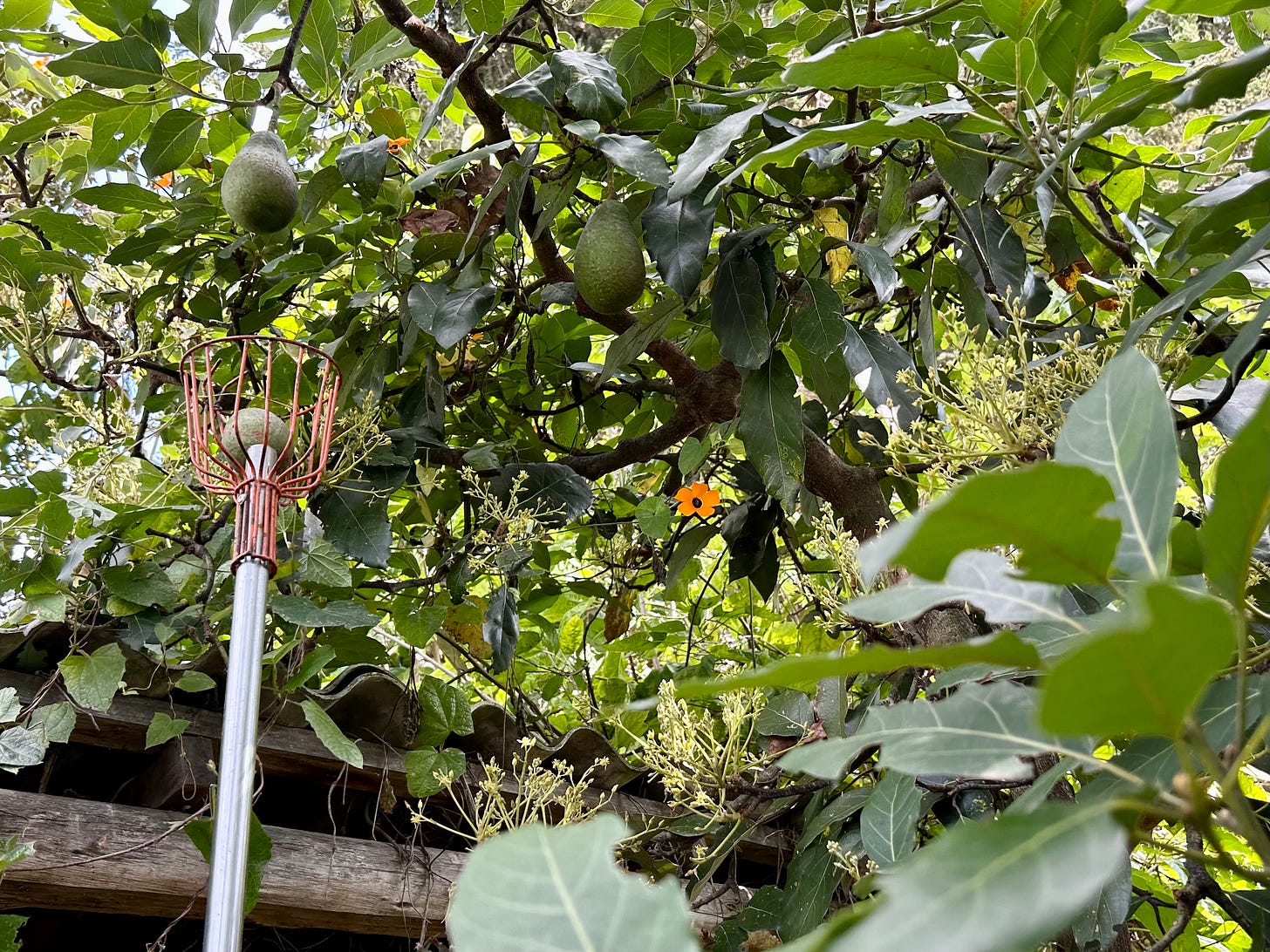
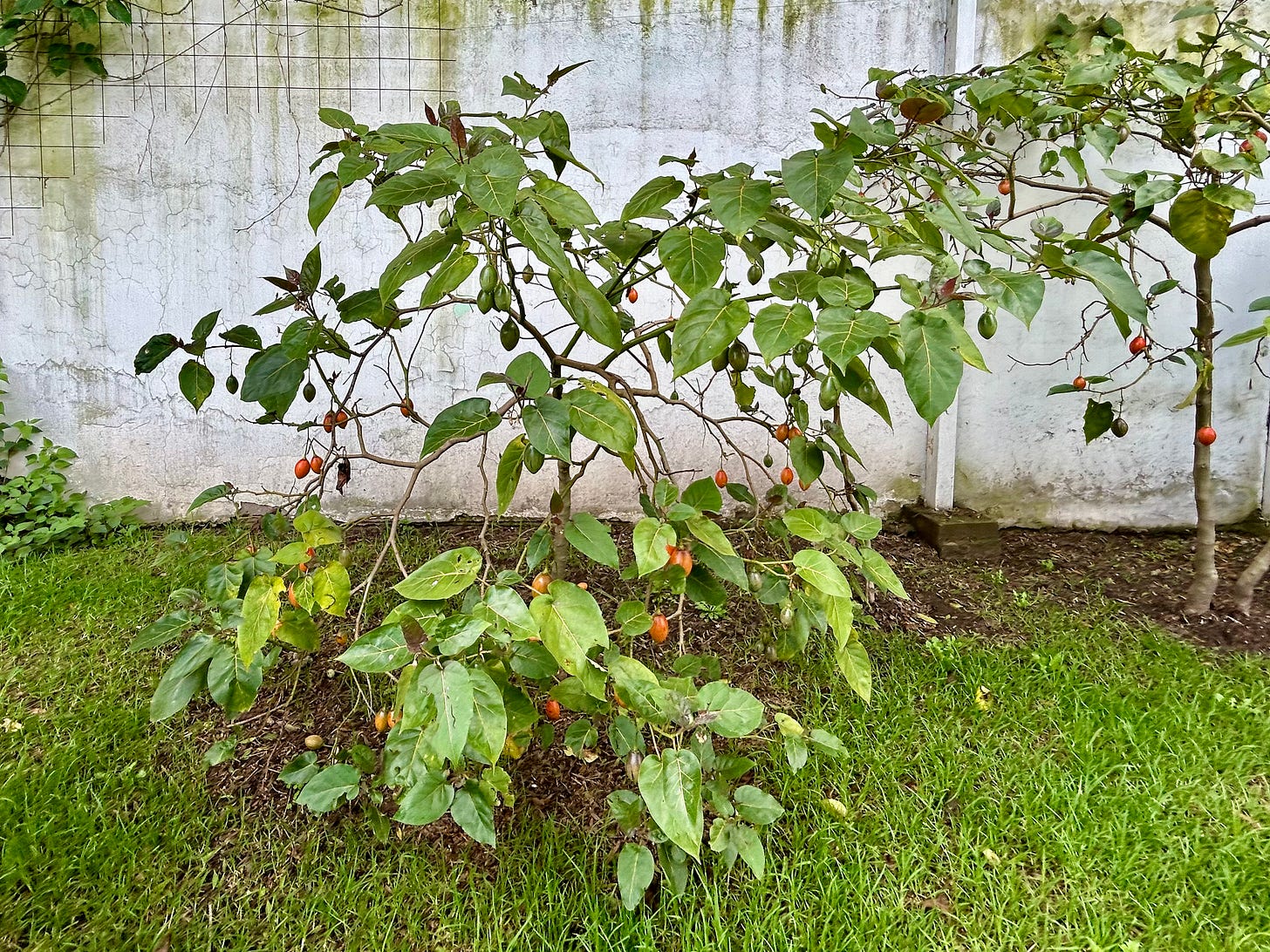
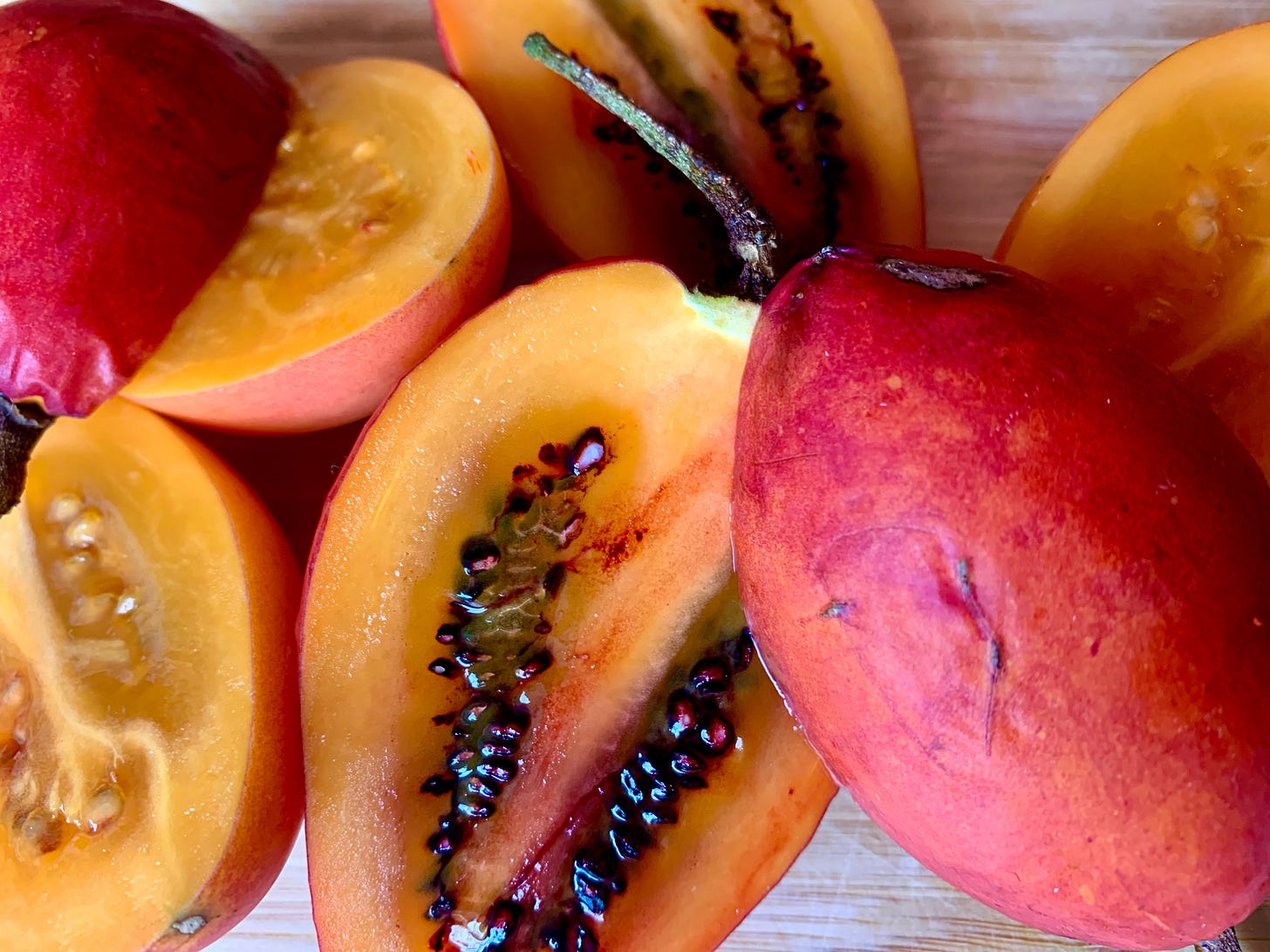

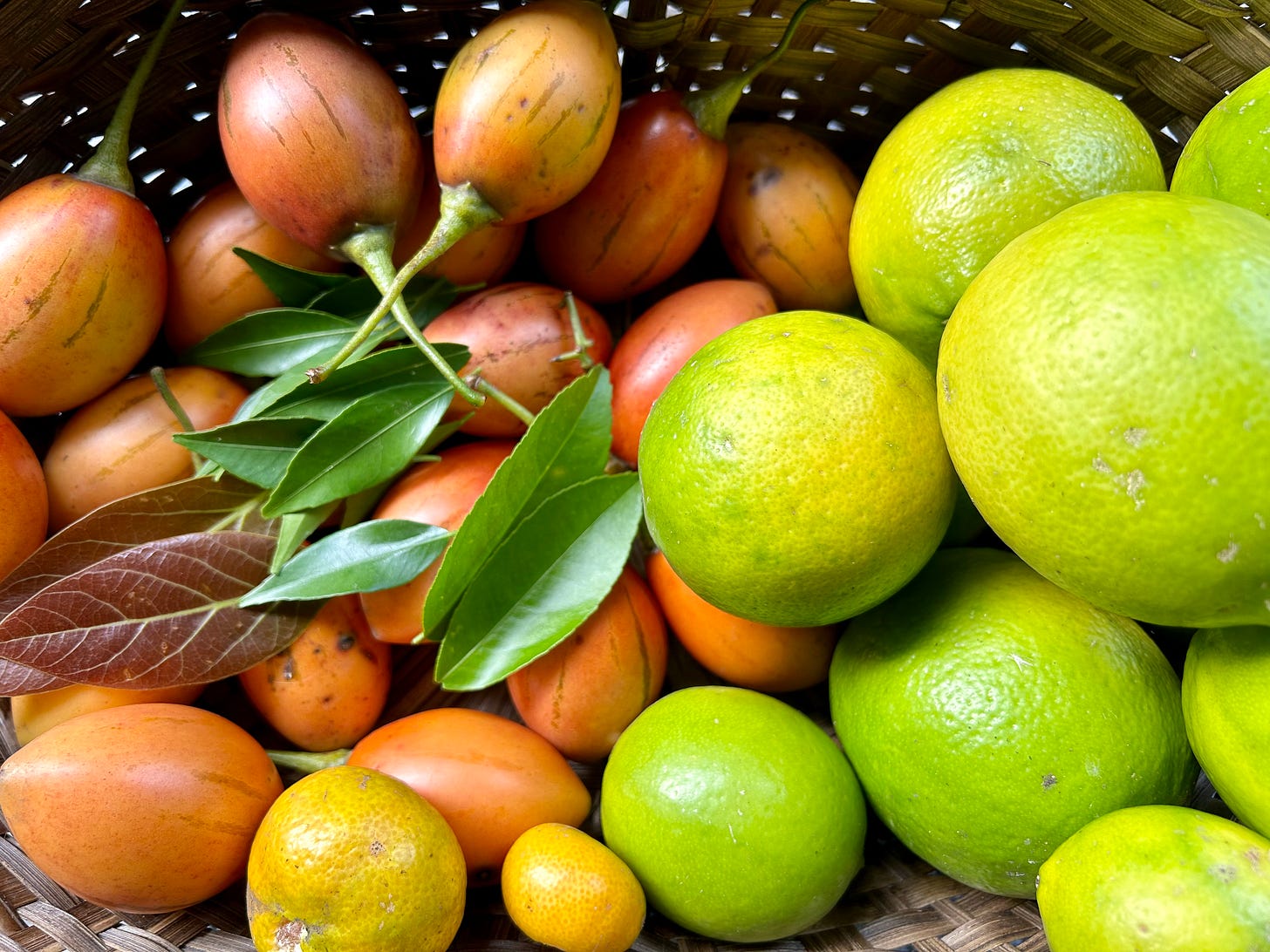


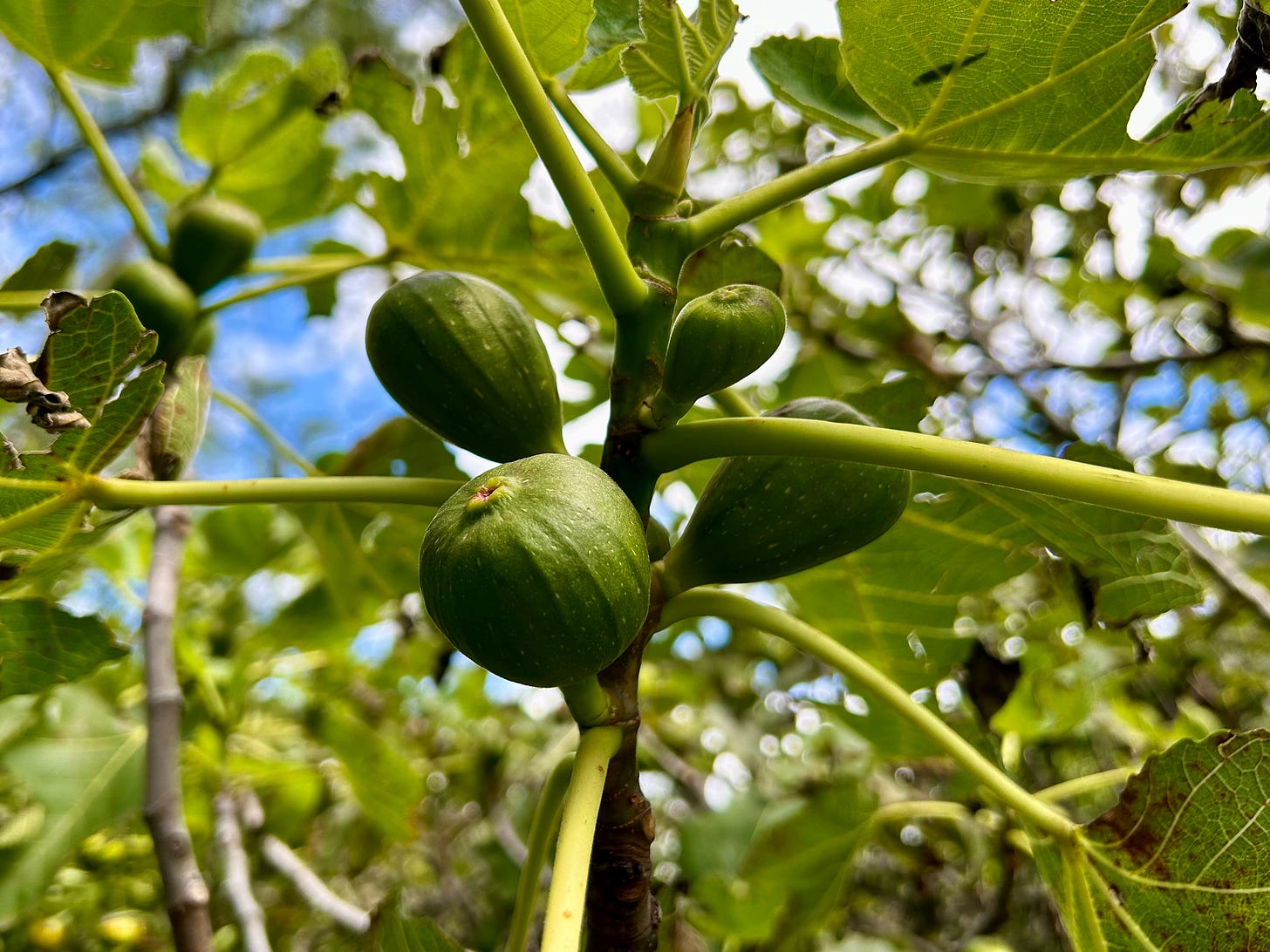

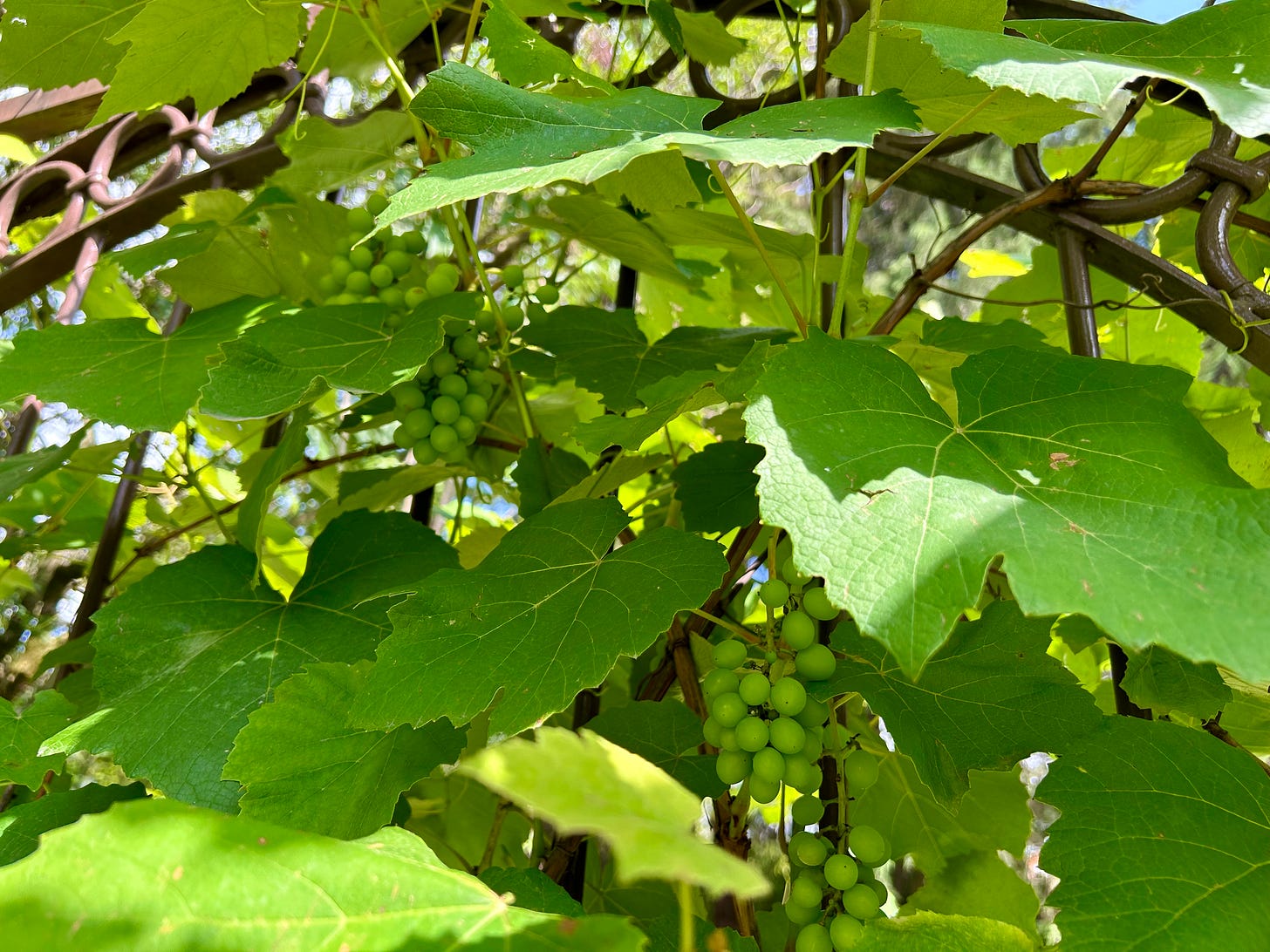
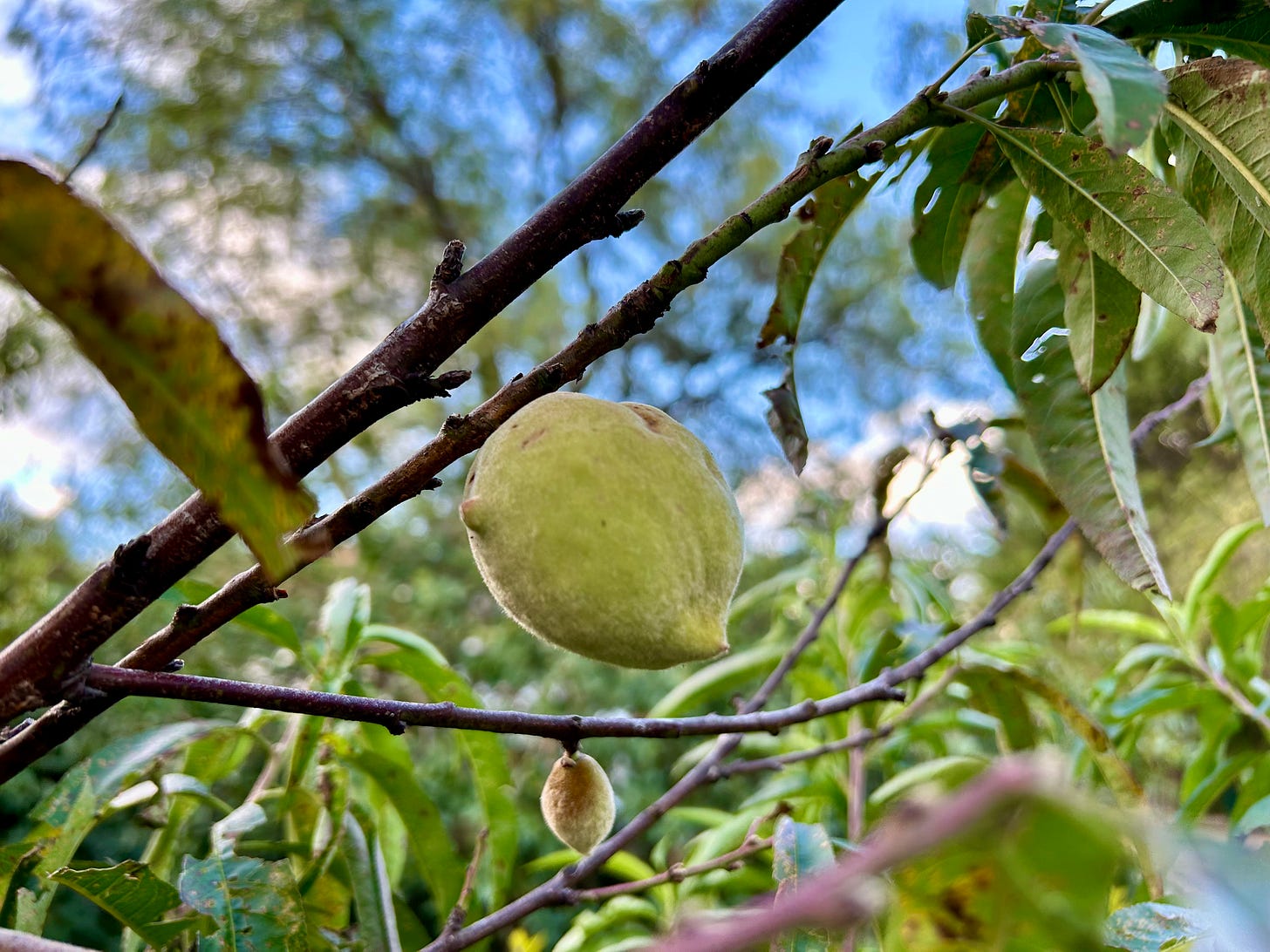
We love you can enjoy the garden 🥰🥰
Such a grape read! You truly showed the appeel of this lovely place. I'm looking forward to that sourdough starter 🤔